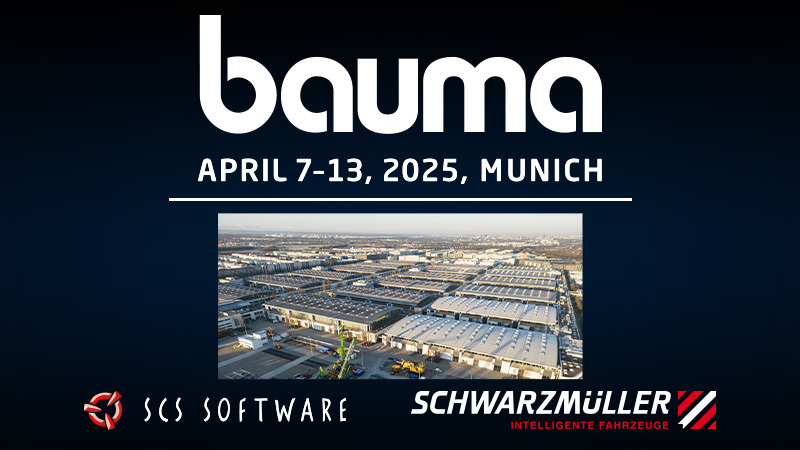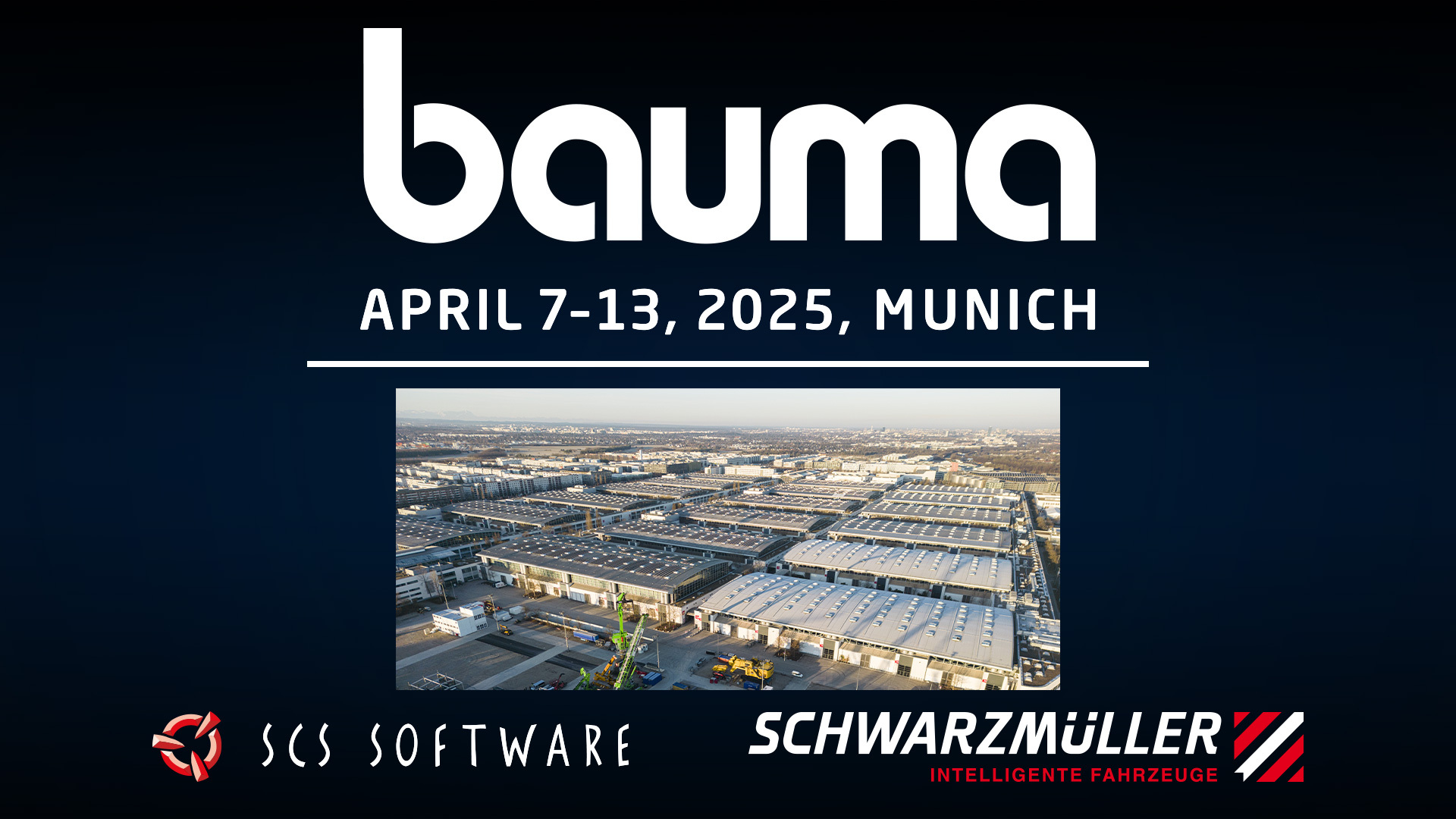
Speculation regarding the Nintendo Switch 2 has circulated for years, and this is no secret. Some YouTube channels have even made it their forte, releasing videos at every single rumor, leading to an overload. However, things are beginning to unfold rapidly, and we now have substantial information at hand. Why so? For one, the anticipated launch year is 2025 for this new iteration, codenamed Nintendo Switch 2 until an official announcement is made. What we do know for certain is that this console will debut this year, with an announcement coming soon. The reason we’re on the verge of discovering everything in the coming weeks? Quite simply, all the hardware is leaking from Chinese manufacturing plants. It’s time, then, to take stock of the information trickling out during this holiday season—what awaits us with the Nintendo Switch 2 is not a revolution but rather an evolution. This is possibly Nintendo’s best strategy to maintain its dominance…
 By March 2025, the Nintendo Switch will have been on the market for eight years—a significant duration in terms of technological advancements. It is no surprise, given the outdated architecture comparable to a PS3, that Nintendo needs an update. But before we delve into the leaked specs of the Nintendo Switch 2, including a photo of the motherboard, let’s take a closer look at the Joy-Cons that surfaced online over the weekend, demonstrating the console’s unveiling is imminent. These images first appeared on the Chinese forum Baidu Tieba and were then widely shared on Reddit and Twitter. While these images might not disclose the front of the Joy-Con, they indeed reveal the side and back, which provide intriguing insights. At first glance, the design sees minor changes but reflects an evolution of the Nintendo Switch controller. These Joy-Cons appear larger and feature two noteworthy color scheme choices: a matte black exterior with a sky-blue rail inside.
By March 2025, the Nintendo Switch will have been on the market for eight years—a significant duration in terms of technological advancements. It is no surprise, given the outdated architecture comparable to a PS3, that Nintendo needs an update. But before we delve into the leaked specs of the Nintendo Switch 2, including a photo of the motherboard, let’s take a closer look at the Joy-Cons that surfaced online over the weekend, demonstrating the console’s unveiling is imminent. These images first appeared on the Chinese forum Baidu Tieba and were then widely shared on Reddit and Twitter. While these images might not disclose the front of the Joy-Con, they indeed reveal the side and back, which provide intriguing insights. At first glance, the design sees minor changes but reflects an evolution of the Nintendo Switch controller. These Joy-Cons appear larger and feature two noteworthy color scheme choices: a matte black exterior with a sky-blue rail inside.
Additional noteworthy elements include the presence of three buttons and a unique connector. The buttons at the top and bottom of the Joy-Con seem designed as magnetic clips, suggesting magnets replace the sliding mechanism from the original Nintendo Switch for a more intuitive experience when attaching and detaching the Joy-Cons from the Switch 2’s screen. This design choice could also significantly prolong the Joy-Con’s life by reducing mechanical wear. The third button serves as a pair button for syncing the Joy-Cons with the console. Nintendo’s innovation, however, shines in a connector that resembles an optical mouse sensor. This enhancement might transform the controller into a functioning mouse, offering unprecedented accuracy in shooting or strategy games, or a new Super Mario Maker installment. Thus, the Joy-Con could operate directly on a flat surface, resembling a mouse, providing players with an ergonomic alternative to traditional controls. If official, this feature is likely to spur innovative utilization by Nintendo.
Of course, many question the authenticity of these Joy-Cons, especially in the 3D printing age, as previous users have fooled others with alleged leaks. Nonetheless, the serial number visible on one Joy-Con, verified as valid in Nintendo’s database, bolsters the credibility of these new-generation Joy-Cons.
The Nintendo Switch 2 represents a natural progression from the original console, featuring a refined design, larger size, and increased power. According to leaks and early information from informed manufacturers, Nintendo does not plan to repeat the revolutionary impact the original Switch had. With a base of 150 million units sold, Nintendo cannot risk alienating its audience—the announcement of backward compatibility between the original and Switch 2 last November confirms Nintendo’s intent to avoid drastic change. A more powerful machine with additional features is what the audience has demanded, a strategy competitors have employed for decades. These new Joy-Cons perfectly illustrate this approach: significant technical advances, refined design, and adherence to the core elements that cemented the first Switch’s success.
Apart from the Joy-Cons, recent leaks also include the motherboard, showing a card equipped with an Nvidia SoC labeled “SNW8VF.” Why are these photos highly credible? Because in the gaming industry, Nintendo is the sole partner with Nvidia on a handheld console format, and this chip number matches no current market product rather than an 8 nm Samsung-made chip with the Ampere architecture. Essentially, this equates to GeForce RTX 3000 technology. And, as you may know, offering graphics two generations behind—given Nvidia’s imminent GeForce RTX 5000 release—is typical of Nintendo, preferring well-mastered technology over rushing into the tech superpower race.
One unmistakable feature is the recognizable card slot, tailored for the Nintendo Switch cartridges. With backward compatibility in mind, players can use Switch 1 cartridges on the Switch 2. However, the reverse won’t be possible, as Switch 2 cartridges reportedly have an extra tab to prevent insertion into the original console. Expect enhancement patches for Switch games on Switch 2, akin to updates seen with PlayStation and Xbox, which is excellent news. Another found element in these photos: the presence of two USB-C ports. This aligns with enduring rumors—while retaining a USB-C port for the dock, the Switch 2 would also feature an additional port for charging while on a desk.
Regarding the Nintendo Switch 2’s screen, there won’t be an OLED display but an 8-inch LCD. This decision, surprising in an OLED-dominated market, might seem controversial as the previous model offers an OLED screen; however, this approach allows Nintendo to cut costs at launch, possibly introducing a premium OLED version in coming years. In return, the Nintendo Switch 2 will experience a technical boost with an 8-core processor and NVIDIA DLSS technology for 4K upscaling. Broadly speaking, the Switch 2 is expected to be four times more powerful than its predecessor and, comparatively, on par with a PS4 Pro. Nevertheless, expect 4K upscaling at 30 frames per second in docked mode and 1080p in handheld. While this might fall short compared to PS5 and Xbox Series offerings, Nintendo never prioritizes power as a premier goal.
As for the Switch 2 dock, it reportedly has a more rounded design while retaining the same connections as the OLED Switch. Rumors suggest a fan to cool the Switch 2 due to potential heating from 4K support.
Word has it that Mario Kart 9 might accompany the Switch 2’s launch—a title capable of drawing crowds and boosting console sales. It’s been 11 years since the game’s debut on the Wii U, later adapted for the Switch in 2017. Amassing over 75 million sales since its 2014 release, it is a system-seller; releasing Mario Kart 9 alongside the Switch 2 virtually guarantees success. The pending questions include the Switch 2’s release date, possibly set for late March 2025, coinciding with the end of Nintendo’s fiscal year, as previously indicated by Nintendo itself, suggesting the announcement is forthcoming. The price also remains uncertain: under €400? Around €500? Will Nintendo retain a family-friendly pricing model or increase rates like other manufacturers? Awaiting answers, we will soon know for certain!









